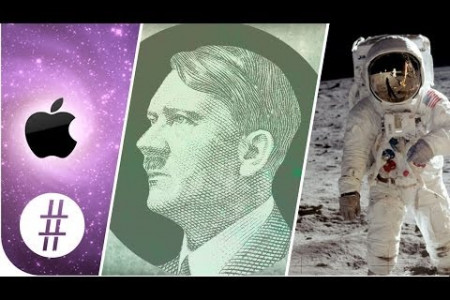
The History of the Metre
21 3 cm4 5 6 5m7 8| 9 10 1 2 3 4 5 6 The History of the Metre 1793 From then until 1799, Jean Baptiste Joseph Delambre and Pierre Méchain measured the distance between a belfry in Dunkerque and Montjuïc castle in Barcelona along a meridian arc in order to work out the metre. The French Academy of Sciences advised the adoption of a decimal system and suggested a basic unit of length equal to one ten-millionth of the distance between the North Pole and the Equator. Their efforts resulted in the first calculation of the metre, although it was off by 5mm by modern standards. 1875 As the 20th century dawned and new precision was needed, metric standards were revised and the International Bureau of Weights and Measures (Bureau International des Poids et Mesures) was founded in Sèvres, France. 1893 - 1960 The metre remained unchanged until 1960, when it was redefined as equal to 1,650,763.73 wavelengths of the orange-red emission line in the electromagnetic spectrum of the krypton- 86 atom in a vacuum. Beginning with Albert Michelson's experiments in 1893, scientists began to advocate basing the length of a metre on wavelengths of light rather than the Earth. This brought the relative uncertainty to an unprecedented 10- The metre is the length of the path travelled by light in vacuum during a time interval of 1983 To further reduce uncertainty, another revision in 1983 fixed the length of the metre in terms of the second and the speed of light, tying the measurements of time and length together. 299,792,458 of a second.
The History of the Metre
Source
Unknown. Add a sourceCategory
ScienceGet a Quote









